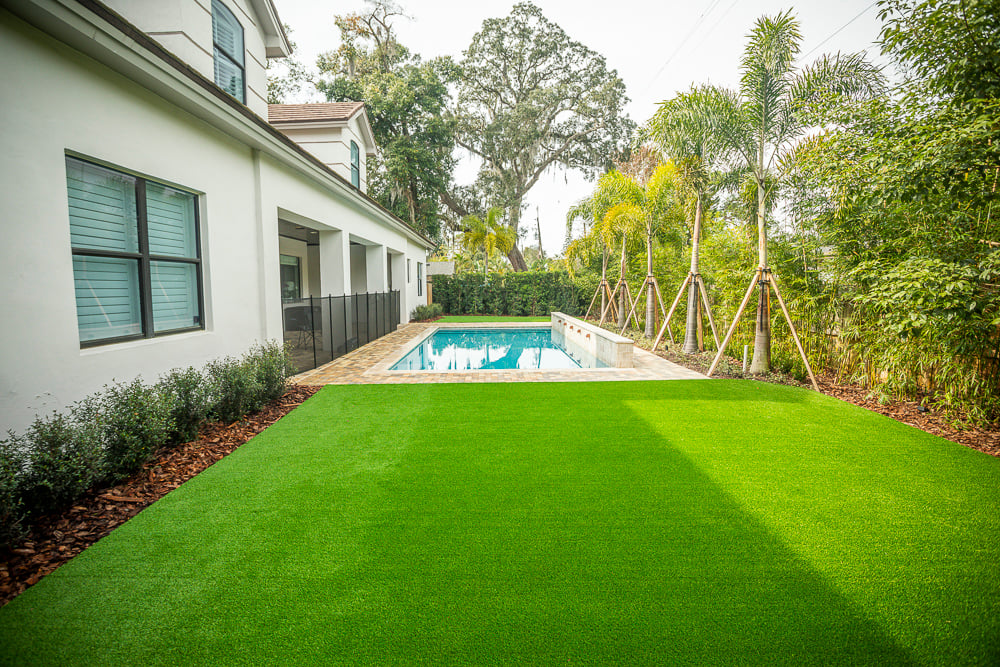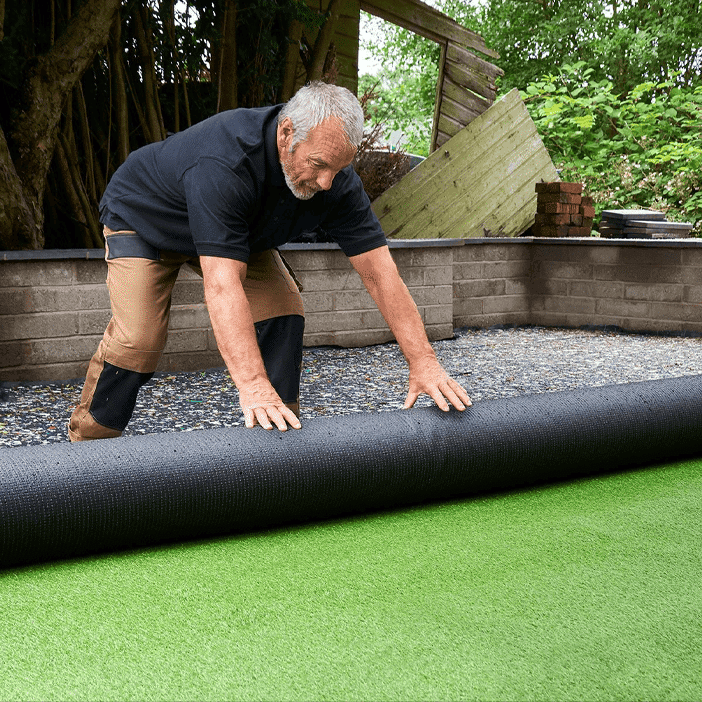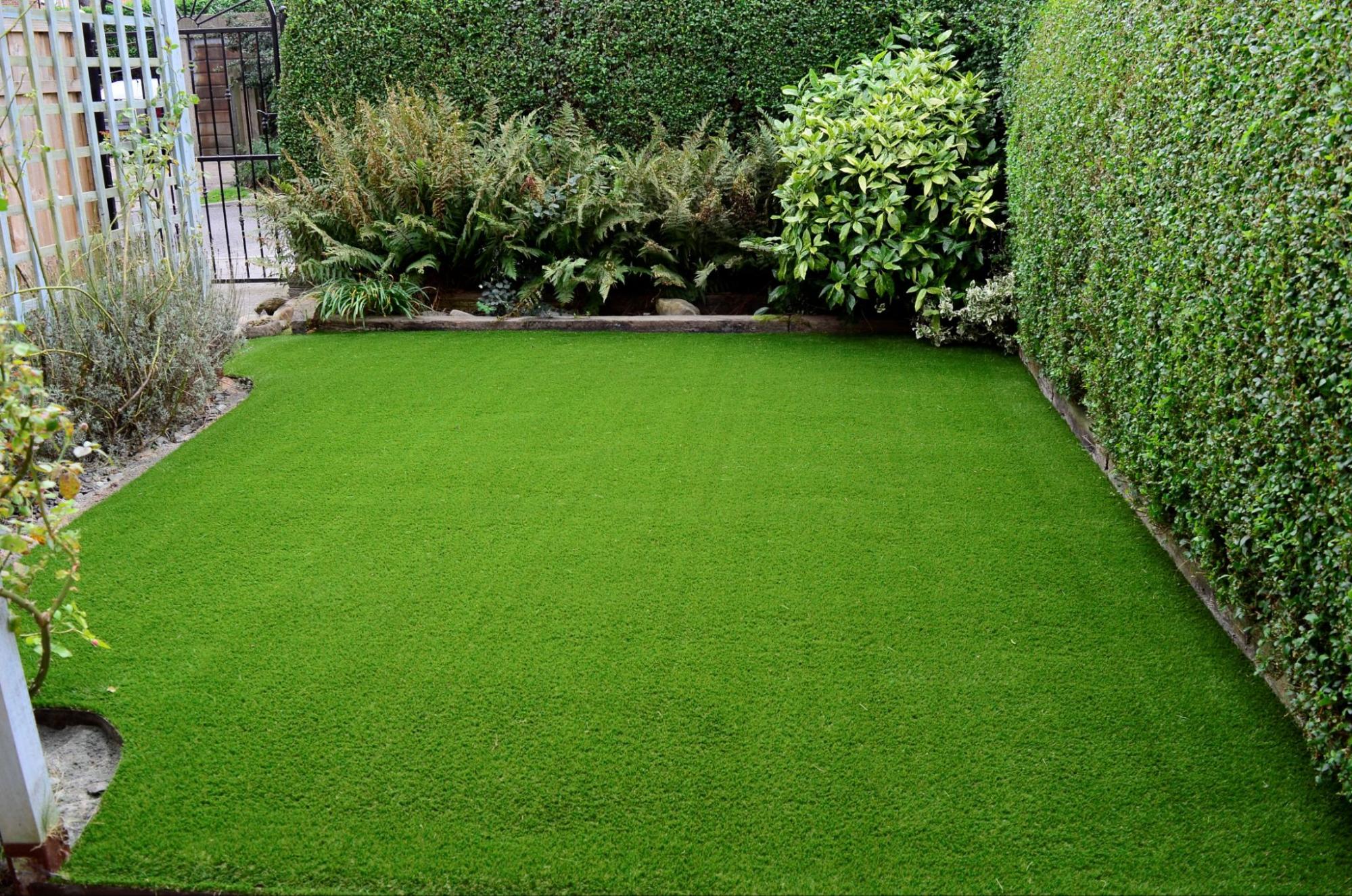Look Into the Environmental Perks of Opting for Synthetic Grass Solutions
The fostering of synthetic grass solutions provides a compelling chance to resolve pushing ecological challenges. By substantially reducing water usage and lessening the application of damaging chemicals, these alternatives not just promote sustainable landscaping yet additionally safeguard regional ecological communities.
Water Preservation Benefits
One of the most significant advantages of synthetic grass is its ability to save water. In comparison, man-made turf does not require watering, dramatically minimizing the general need for water resources.
By removing the demand for routine watering, synthetic grass adds to sustainable landscape methods and aids reduce the environmental impact of too much water usage. The conservation of water prolongs to the decrease of runoff, which can lead to soil disintegration and river contamination.
Additionally, the installment of synthetic grass allows municipalities and house owners to allot water sources much more efficiently, focusing on vital uses such as drinking water and farming. The change towards synthetic grass not only advertises responsible water use yet additionally aligns with more comprehensive environmental objectives focused on maintaining natural deposits.
As communities progressively focus on sustainability, the water preservation benefits of fabricated lawn provide an engaging instance for its adoption in domestic and industrial landscape design tasks.
Reduced Chemical Use
The shift to synthetic grass dramatically lowers the dependence on chemical treatments typically used in natural grass maintenance. Conventional grass monitoring generally entails the application of herbicides, plant foods, and pesticides to advertise development and control parasites. These chemicals can posture dangers to human health and wellness, regional wild animals, and the setting, adding to soil and water contamination.
In comparison, artificial turf gets rid of the demand for these damaging materials. By minimizing the launch of synthetic compounds into the community, man-made turf advertises healthier soil and water systems.
Additionally, the absence of chemical overflow related to man-made grass installments aids secure neighborhood rivers from air pollution, sustaining marine life and preserving biodiversity. Arizona turf. As communities increasingly focus on lasting techniques, going with man-made grass presents a feasible service that lines up with ecological preservation objectives. Through this change, homeowner can appreciate lush green spaces without endangering ecological wellness, leading the way for a more lasting future
Lower Carbon Footprint

Additionally, the setup of synthetic grass can result in considerable water conservation. All-natural yards call for significant quantities of water for irrigation, which not just adds to the carbon footprint connected with water extraction and treatment yet also stress neighborhood water sources. On the other hand, synthetic grass needs minimal maintenance, calling for no watering, consequently dramatically lowering water use and its associated energy prices.
Furthermore, the long life of man-made grass adds to its lower carbon impact. With a life-span of as much as 15 years or more, the demand for frequent substitutes is decreased, resulting in less waste and reduced energy intake in production and taking care of standard turf alternatives. Overall, fabricated grass offers a lasting alternative for environmentally mindful landscape design.
Habitat Preservation
Habitat conservation is a critical consideration in the argument over landscape design selections, especially when comparing artificial turf to natural yard. Natural lawn yards typically call for comprehensive upkeep, including using plant foods, chemicals, and herbicides, which can adversely affect local ecological internet communities. These chemicals can seep right into the dirt and rivers, damaging native plants and fauna and disrupting neighborhood habitats.
Fabricated lawn gets rid of the need for damaging chemicals, thereby protecting neighboring wildlife and preserving the stability of bordering communities. The installment of man-made turf can lead to the conversion of former grass areas right into even more biodiverse landscapes, such as pollinator gardens or native plant areas, which can support regional wildlife.
Eventually, the transition to artificial grass not just saves water and lowers maintenance initiatives however likewise fosters a more harmonious browse around here partnership in between human tasks and the natural surroundings, advertising environment preservation at the same time.
Long-Term Sustainability
Lasting sustainability is a crucial consider evaluating the advantages of man-made lawn over conventional lawn yards. Among the most considerable advantages of artificial lawn is its longevity; it can last up to 15-20 years with minimal upkeep, whereas natural grass calls for regular reseeding and replacement. This durability decreases the demand for continuous resources, such as water, plant foods, and pesticides, which are essential for keeping a healthy turf lawn.
Additionally, synthetic grass adds to a decrease in carbon emissions related to lawn treatment equipment. Traditional grass usually call for gas-powered lawn mowers, trimmers, and blowers, every one of which add to air pollution. Arizona turf. In comparison, fabricated turf eliminates the need for such equipment, advertising a cleaner atmosphere
Moreover, the manufacturing of fabricated grass progressively utilizes recycled materials, improving its sustainability account. As suppliers adopt environment-friendly practices, the ecological footprint of synthetic turf remains to lessen.

Verdict
The adoption of man-made grass solutions presents significant environmental advantages, including substantial water conservation, decreased reliance on harmful chemicals, and sites a reduced carbon impact. Artificial grass help in preserving all-natural habitats by lessening land disturbance and promoting lasting sustainability through the usage of durable materials. Jointly, these elements underscore the capacity of synthetic grass to add positively to ecological wellness and offer a feasible choice to conventional landscape design techniques in a significantly resource-conscious world.
In comparison, fabricated grass does not require watering, substantially decreasing the overall need for water sources. By decreasing the launch of synthetic substances into the community, artificial lawn advertises much healthier soil and water systems.
Furthermore, the setup of artificial lawn can result in considerable water preservation. In contrast, artificial turf requires marginal maintenance, needing no watering, therefore significantly decreasing water usage and its connected energy prices.
